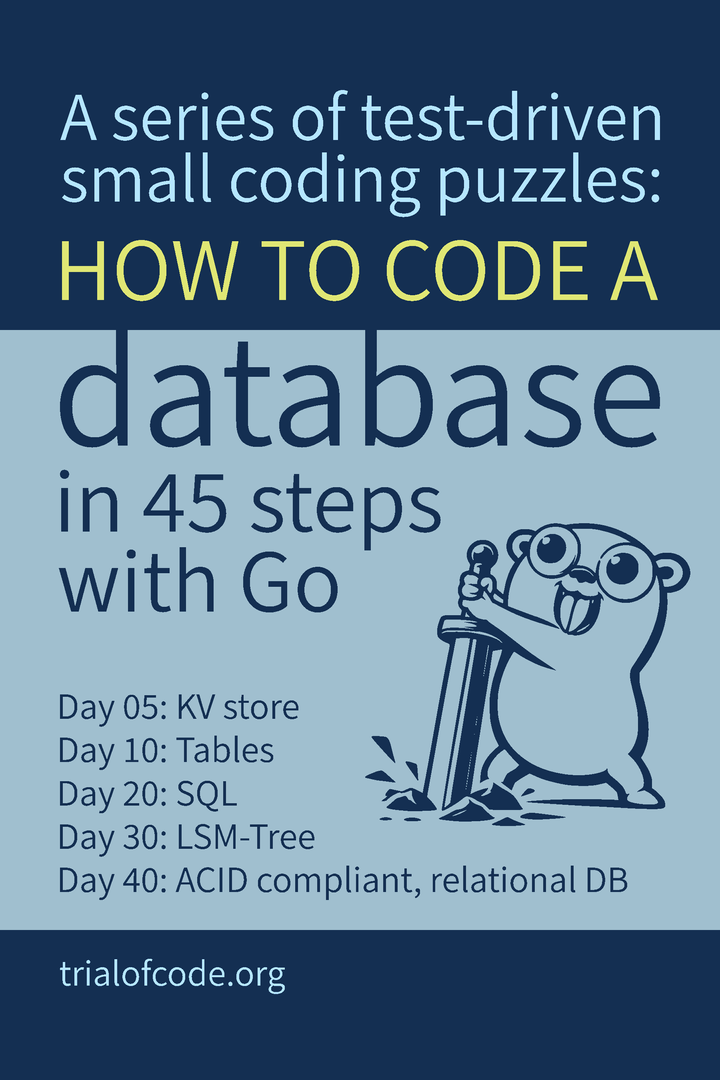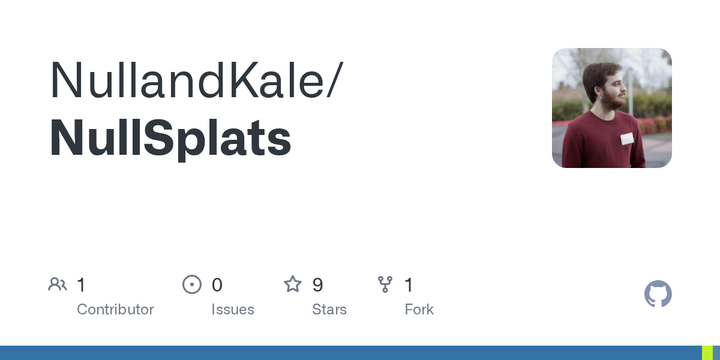I got sick of keeping scraped data up to date, so I built this
Meter.sh is a platform that provides real-time electricity usage monitoring and analytics for homes and businesses, allowing users to track and manage their energy consumption.
Don Knuth – Christmas Lecture 2025 [video]
Calcutta High Court questions IndiaMART exclusion from ChatGPT results

ExpertMouse TB800 EQ Trackball: Listening to Our Users
Kensington has released the new ExpertMouse TB800 EQ Trackball, which features improvements based on user feedback, including a larger ball, increased scroll wheel sensitivity, and enhanced software customization options.
I Build Trailonix Because Logging Everywhere Sucked
Show HN: The Epstein Library
Inspired by the terrible search on the DOJ website, I created this project I've been working on over the last few days to modernize it. Slightly different than sites like JMail (which I highly recommend others play with too, super cool), I primarily focusing on both visual search, text semantic search, and full text search of all documents. Wanted to share the progress so far.
Any and all constructive feedback would be appreciated!
Work in progress: - More mobile friendly search - Better loading states - Better ranking on lean text and lean visual searches - Better thresholding of search results - Gallery view improvements including original document view with a thumbnail timeline. - Anyone can flag a document today, I'm working on taking those flags into the search results to better filter out redacted pages, blank pages, and junk pages while boosting consistently flagged newsworthy. - Open sourcing the processed dataset in a single download / torrent
LLM Sycophancy: The Risk of Vulnerable Misguidance in AI Medical Advice
This article explores the potential risks of vulnerable misguidance in AI-generated medical advice, highlighting the need for robust safeguards and oversight to ensure accurate and trustworthy recommendations, especially in sensitive healthcare domains.
Nvidia is buying Groq for reasons imo

Apple's brain drain in post-iPhone era proves it can handle Executive turnover
The article examines Apple's potential brain drain and executive turnover, suggesting the company may face significant challenges in retaining talent by 2025 due to factors like increased competition, burnout, and lack of opportunities for growth.
China Sanctions Boeing, Other U.S. Companies over Taiwan Arms Sale
China has imposed sanctions on Boeing, Raytheon Technologies, and other U.S. defense companies over the sale of weapons to Taiwan, escalating tensions between China and the U.S. over the self-governing island that China claims as its own.
Data Center Surge Reaches India as American Tech Giants Invest Billions
America's Biggest Oil Field Is Turning into a Pressure Cooker
The Permian Basin, America's largest oil field, is facing increasing challenges as aging infrastructure and rising costs put strain on production and profitability. The article highlights the difficulties oil companies are facing in the region as they try to meet growing global energy demands.
Show HN: GrainJS – a light TypeScript web framework
GrainJS is a JavaScript / TypeScript library for building dynamic web applications.
- It's in part inspired by React, but based on observables (like Knockout) instead of virtual dom.
- It is lightweight, has no dependencies, and takes only ~30KB minified.
- It needs no special tooling. It's nothing more than a library.
- It supports convenient DOM-building in JS, event dispatching, DOM event subscriptions, 9disposable components, and in-code CSS styling.
- It's fully typed for use with TypeScript.
- It's proven its worth by powering Grist's rich frontend app.
Source code: https://github.com/gristlabs/grainjs/
Next Year Is Americas 250th Birthday. Meet the Person Behind the Celebration
The article discusses the upcoming 250th anniversary of America's founding in 2026, and introduces Monique Jenkinson, the woman leading the nationwide celebration efforts. Jenkinson is working to coordinate a series of events and initiatives to commemorate this historic milestone for the United States.

Russia patents space station designed to generate artificial gravity
Russia has patented a design for a space station that would use centrifugal forces to generate artificial gravity. The proposed station would rotate to create a gravity-like environment for long-term human habitation in space.
What on earth is Kubernetes? (a beginners intro)
Kubernetes is an open-source container orchestration system that automates the deployment, scaling, and management of containerized applications. It provides a platform for automating the deployment, scaling, and operation of application containers across clusters of hosts.

My role as a founder-CTO: year 8
The article explores the role and responsibilities of a Chief Technology Officer (CTO) in a tech company, highlighting the evolving nature of the position over the past 8 years. It covers the key skills and expertise required for the CTO role, as well as the shift in focus from technical to strategic responsibilities.
Ban LLMs Using First-Person Pronouns
The article argues that large language models (LLMs) should be banned from using first-person pronouns, as it can mislead users into thinking the model has genuine experiences and opinions. The author suggests that LLMs should be required to use impersonal language to avoid these deceptive practices.

Show HN: Historical Options Chain Data for 100 US Equities (2008–2025)
This repository provides access to options data from major exchanges, including data on option prices, implied volatility, and trading volume. The data can be used for research and analysis of options markets.

Notes on Building an Internal Agent
This article explores the concept of autonomous agents, software programs that can act independently to accomplish tasks. It discusses the potential benefits and challenges of using agents, as well as the various types of agents and their applications in areas like information retrieval, e-commerce, and network management.
Cursor UI is built with SolidJS
Show HN: Real-Time Website Generator
The article discusses the evolution of the sudo command, a powerful tool that allows users to execute commands with elevated privileges. It explores the history, features, and best practices for using sudo securely in a Linux/Unix environment.

Code a database in 45 steps: test-driven coding puzzles
The article discusses the importance of proper database management, highlighting the challenges and best practices for maintaining a well-organized and efficient database system. It emphasizes the significance of data security, backup strategies, and optimization techniques to ensure the smooth operation of a database-driven application.

Joyce Project
Show HN: Automoderated Anonymous Wall of Messages
Testing my auto-moderation logic. Please be gentle. No login. All messages are global.

Show HN: A lightweight UI to manage my LXC dev environments
Grok and the Naked King: The Ultimate Argument Against AI Alignment
The article discusses the concept of 'grok', a term coined by science fiction writer Robert Heinlein, which represents a deep understanding of a subject. It explores the idea of 'the naked king', a metaphor for a leader or authority figure who is exposed as lacking true understanding or competence.

Gaussian Splatting 3 Ways
Mathematically extra-complicated Secretest Santa 2025 [video]
Simplifying the build process for vst3-rs
The article discusses the technical details and challenges involved in developing a VST3 plugin, a widely used audio plugin format. It covers topics such as plugin architecture, the VST3 SDK, and the process of creating and testing a VST3 plugin.